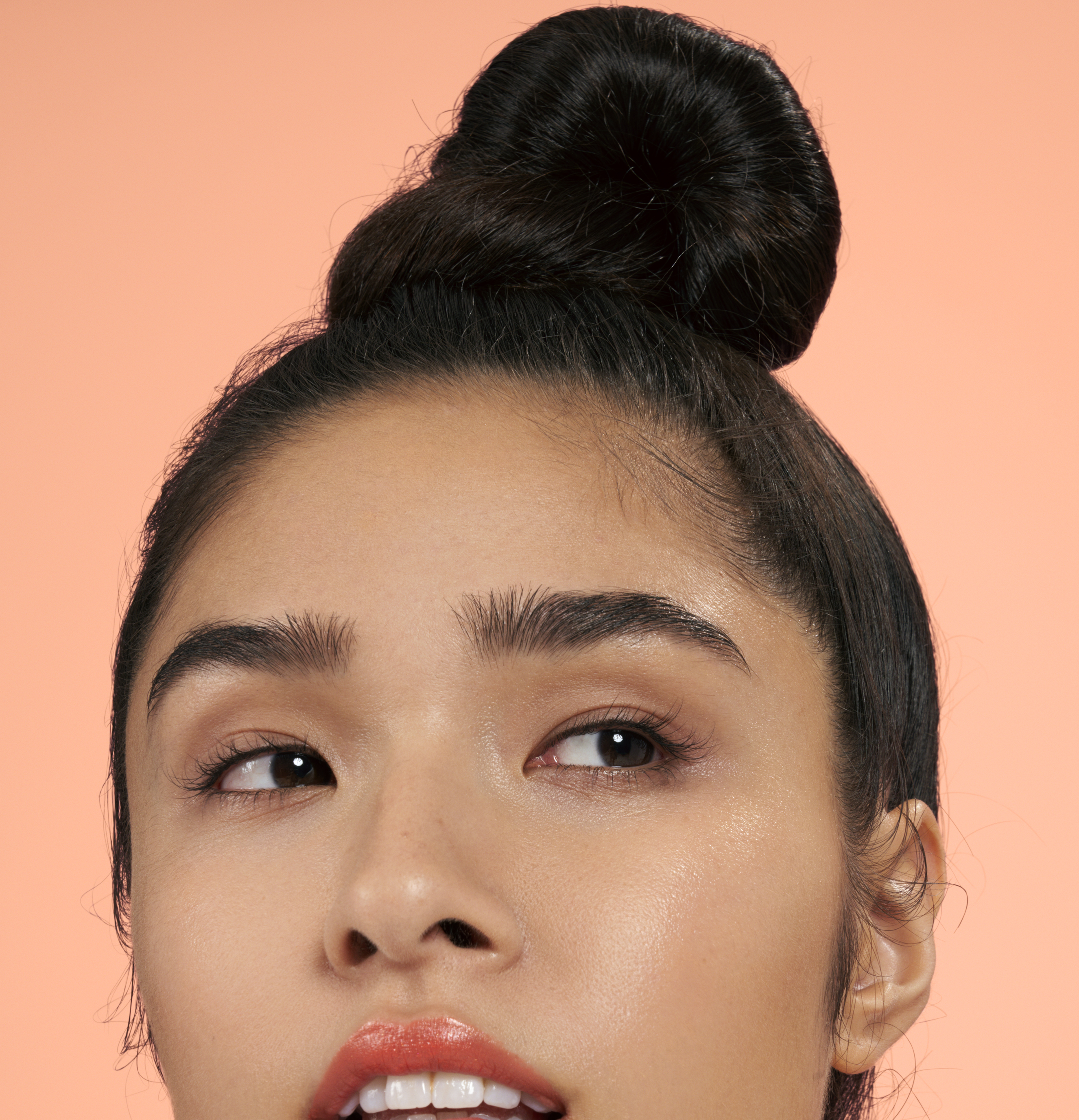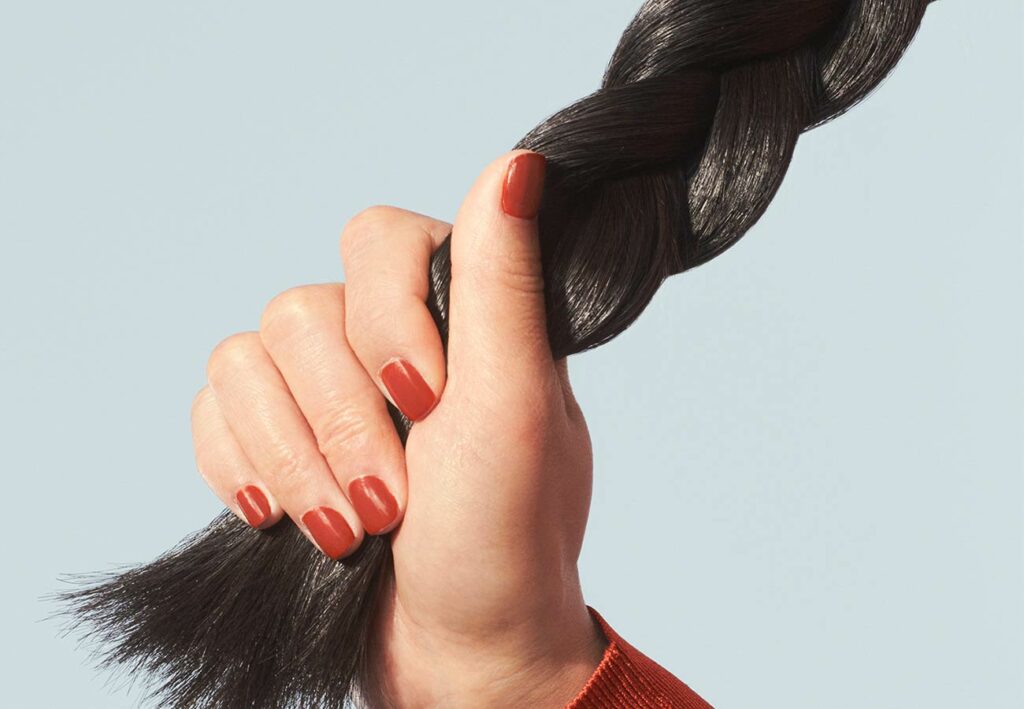Where you live
You may not think it, but your hair woes could come down to your zip code. For example, if you live in a big city, damaging particles found in cigarette smoke, car exhaust fumes and smog can build up on your hair and scalp causing issues like an irritated scalp and dry hair. Don’t fret. Clarifying shampoo can help cleanse hair of pollutants and work to restore scalp and hair health.
Humidity can also leave you battling the frizz as your hair absorbs more moisture. A lightweight oil will restore sleekness without weighing it down.
The third unexpected cause of damage is hard water. Minerals such as calcium, magnesium and copper may be depleting your hair’s moisture levels. A mask once a week with ingredients like sugar beet will work to add hydration back into strands.
What you do or don’t eat
Like your skin, your hair’s condition can be a tell-tale sign of an unbalanced diet. A healthy diet will give your hair the natural boost it needs. Hair saviors include iron, supporting nutrient supply to follicles and roots, omega-3 to hydrate the cells that line the scalp and zinc to keep hair loss and a dry, flaky scalp at bay. Look for foods rich in nuts, beans, whole grains, avocados, chia seeds and leafy greens will supply you with all the nutrients you need for luscious locks.
Your allover hydration
Staying hydrated is simple, yet important, beauty tip. That’s because your hair depends on water to stay in tip-top condition. In fact, water makes up a quarter of each hair strand. Aim to drink between 8 to 10 cups of natural spring or mineral water a day. And because alcohol is the will quickly dehydrate, leaving your hair dry and brittle, when possible try to limit the amount of alcohol you consume to special occasions.
Your workout routine
When exercising outdoors, your hair will be exposed to the sun’s UV rays and air pollutants. Combined with the natural salt released when you sweat, this can lead to hair proteins breaking down and becoming dry.
If the gym is your workout venue of choice, air-conditioning can suck moisture from your hair and scalp. If it’s a stuffy atmosphere, frizz may be a real problem, too.
Luckily, the ingredients in your hair care can help to solve for external factors that may be wreaking havoc on strands. Look for hydrating ingredients like lilac leaf extract that helps salt or chlorine damage and coconut oil that can help protect against excessive sun exposure.
How you stress
Despite being on your exterior, your hair is pretty sensitive to what’s happening inside your body. Lack of sleep, a low immune system and junk food cravings all go hand-in-hand with stress and this can mean poor hair health. Stress also diverts blood and nutrients away from the hair follicles to your vital organs, leaving you at risk of hair loss and going grey before your time.
In today’s “always-on culture”, stress can affect anyone. However, we all have the power to improve our own emotional wellbeing. Practicing calming breathing exercises, mindfulness and yoga can help you to unwind and free-up headspace.





